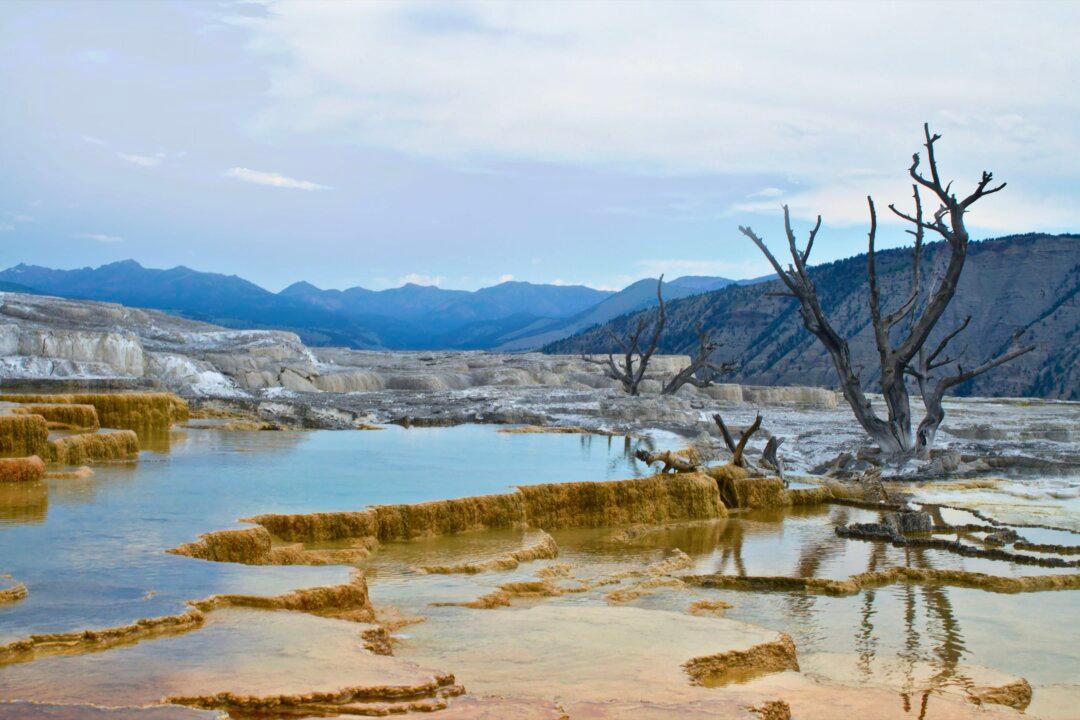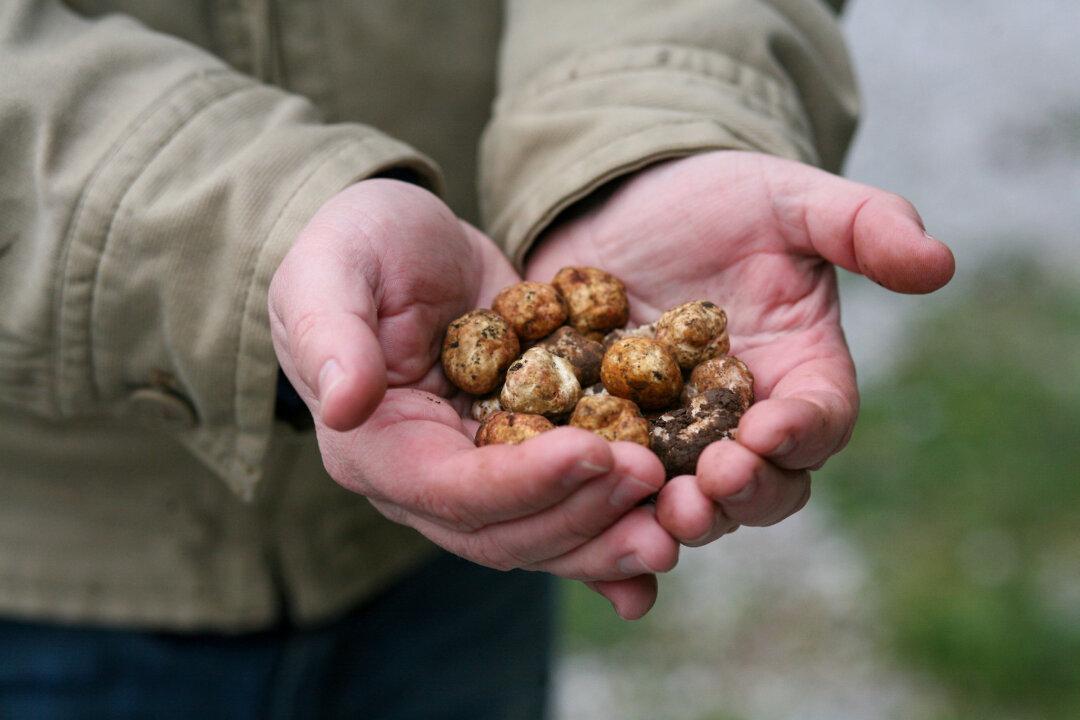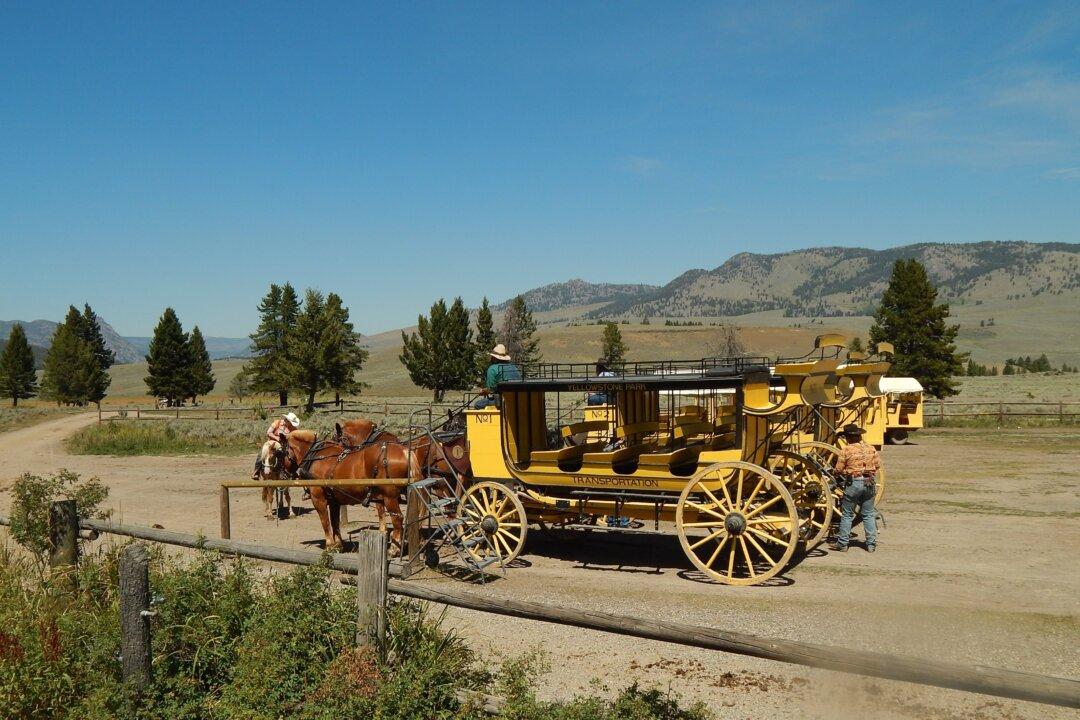Flying into Cody, Wyoming, a glance out the window of the airplane reveals nothing but mountains as far as the eye can see. It’s rough yet majestic, desolate yet delightful. This least populous state may look uncharted from above, but once on land, the history and heritage of the West stand proud.
In this part of Wyoming where history runs deep, the Richard family is embedded in the local lore. Bob Richard, now in his 80s, is a historian whose life is part of the Wild West of Cody, Yellowstone National Park, and all they represent—splendid scenery, wildlife, and nature; the Wild West traditions of ranching, rodeos, and gunslingers; and a passion for sharing the local heritage.





